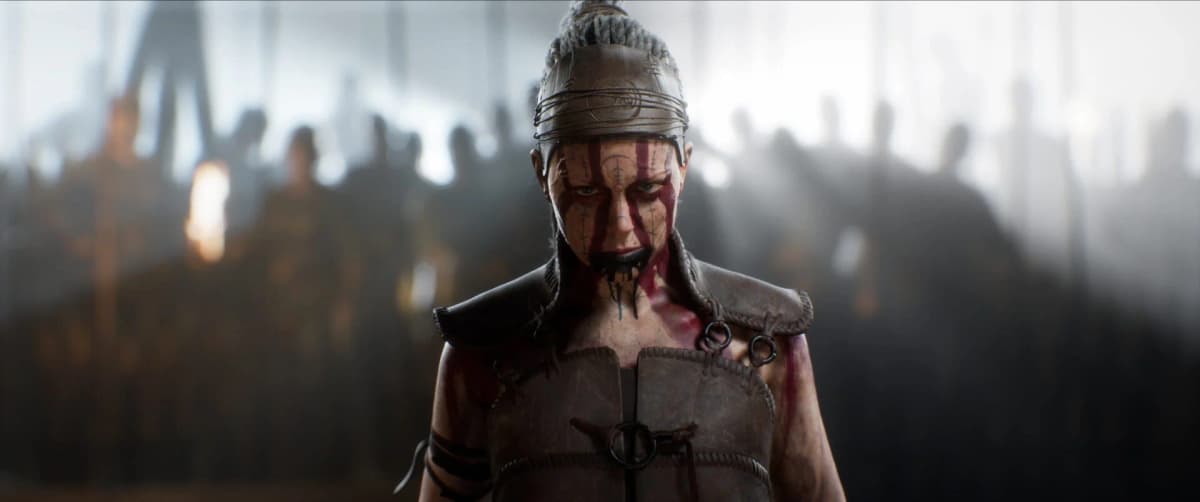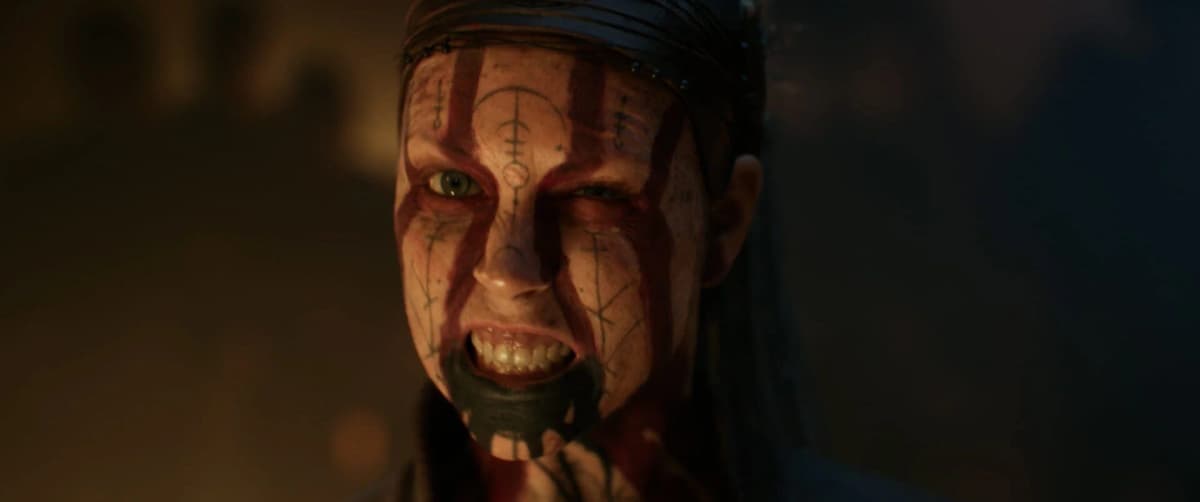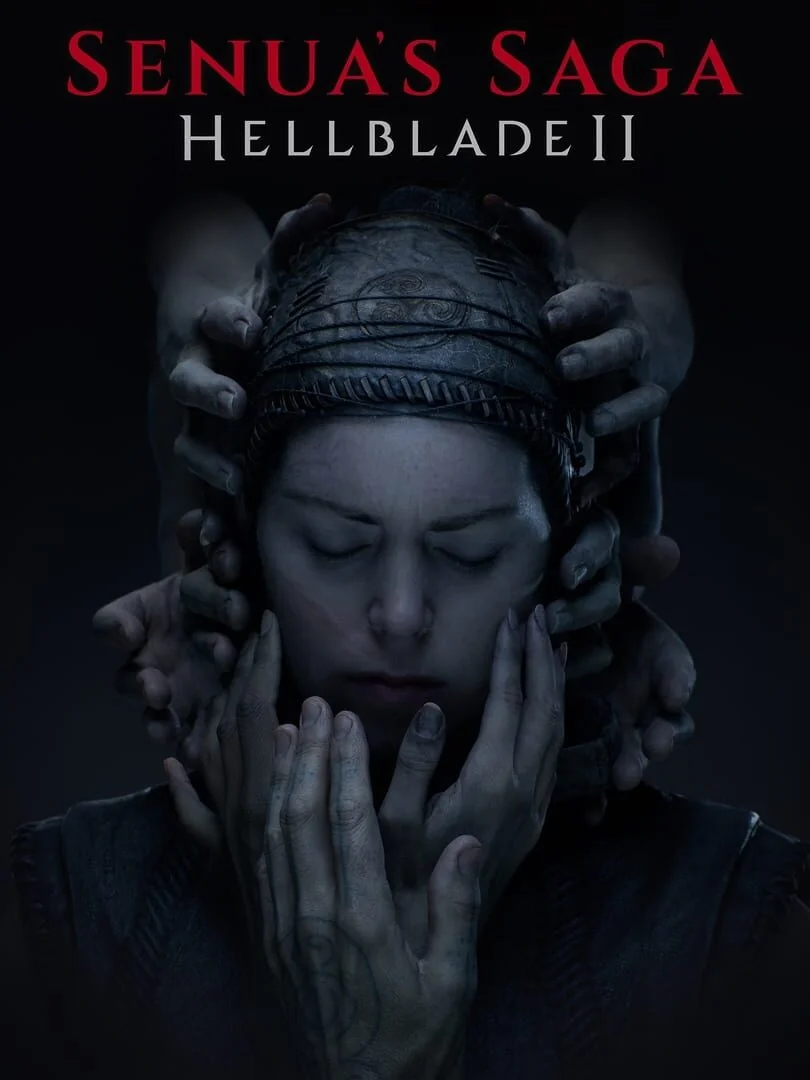
Game intel
Senua's Saga: Hellblade II
The sequel to the award winning Hellblade: Senua’s Sacrifice, Senua returns in a brutal journey of survival through the myth and torment of Viking Iceland. Int…
It was past midnight when I settled into my couch, headphones on and Xbox Series X humming beneath the TV. After decades of chasing immersion—from Dreamcast realism in Shenmue to Silent Hill’s haunting fog—I approached Senua’s Saga: Hellblade II with caution and high expectations. Rumors of photoreal landscapes and choreography-like combat had me eager, yet wary.
From the opening cutscene, Hellblade II flexes its graphical muscles. Powered by Unreal Engine 5, it uses photogrammetry—a process that captures real-world textures for in-game models—to render every micro-expression, bead of sweat and strand of hair in astonishing detail. In many moments, I couldn’t distinguish gameplay from pre-rendered CGI. This level of fidelity sets a new standard, especially on high-end PCs where ray tracing further enhances lighting and reflections.
The audio is equally impressive. Hellblade II employs binaural sound, which simulates 3D audio through headphones by processing directional cues. Those whispering voices that drift around your head create a palpable sense of unease—more like a psychological thriller than a typical action game. This design choice underscores the protagonist’s inner turmoil and makes each encounter feel visceral.

Combat here is a study in restraint. You won’t find health bars, combo counters or flashy finishers. Instead, each encounter plays out like a staged duel: timed blocks, precise strikes and camera sweeps amplify the drama. As someone accustomed to high APM (actions per minute) from fighting titles, I found this approach both refreshing and occasionally restrictive. Exploration follows a similar philosophy: environmental storytelling immerses you, but the lack of on-screen objectives can lead to aimless wandering.
Hellblade II is a slow burn. Its minimalist UI—while unobtrusive—sometimes hinders navigation, especially during longer stretches of muddy terrain or fog-laden ruins. On one memorable section, repeated attempts to locate a hidden path devolved into frustration as I wished for at least a subtle waypoint. Additionally, the cinematic aspect ratio (black bars above and below) bolsters the “playable movie” feel but can obscure depth perception in puzzle sequences.

On Xbox Series X and mid-range PCs, performance remains stable, though texture pop-in and minor animation hitches can occur on less powerful hardware. If you own a high-end GPU, you’ll appreciate smoother frame rates and enhanced ray-traced shadows. The developers have balanced optimization with visual ambition, but be prepared to adjust settings if you notice occasional stutters or graphical concessions.
This is not a pick-up-and-button-mash title. Hellblade II appeals to players who seek psychological depth, atmospheric storytelling and technical showcase above traditional action mechanics. If you enjoyed the first Hellblade or games like Journey that prioritize mood over mechanics, this is a must-play. Those craving fast-paced combat or detailed skill trees may find its deliberate pacing too restrictive.

Score: 8/10
Hellblade II stands as an audio-visual tour de force, delivering unmatched facial animations and haunting 3D sound. Its cinematic combat and slow pacing create a profound, if sometimes frustrating, experience. Not perfect, but unforgettable.
Get access to exclusive strategies, hidden tips, and pro-level insights that we don't share publicly.
Ultimate Reviews Strategy Guide + Weekly Pro Tips